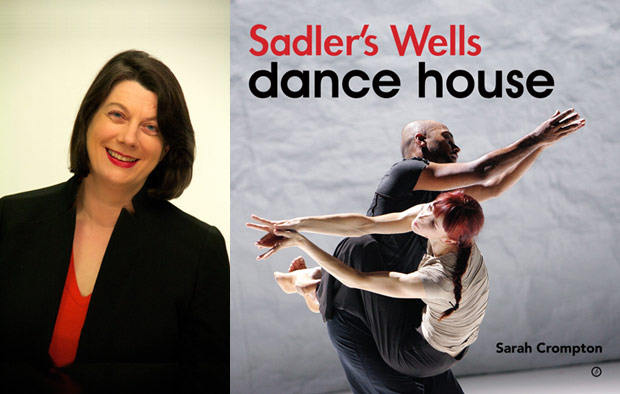
© Sarah Crompton and Tristram Kenton.
Sadler’s Wells: Dance House
by Sarah Crompton
Oberon Books, £25
ISBN: 978-1849430623
Publishers Page on Sadler’s Wells: Dance House
www.sadlerswells.com
5 Questions to Sarah Crompton about her new book: Sadler’s Wells – Dance House
How did the book come about and how long have you been working on it?
The actual book has been in progress since Christmas 2011 when Alistair Spalding asked me whether I would be interested in writing a creative history of Sadler’s Wells since 2005. I then researched and wrote it in around six months to meet the publisher’s deadline. (I’m a journalist, so I always meet deadlines!) But then there was a lot of checking and changing and sorting out the wonderful photographs, so it took just over a year from idea to finished manuscript.
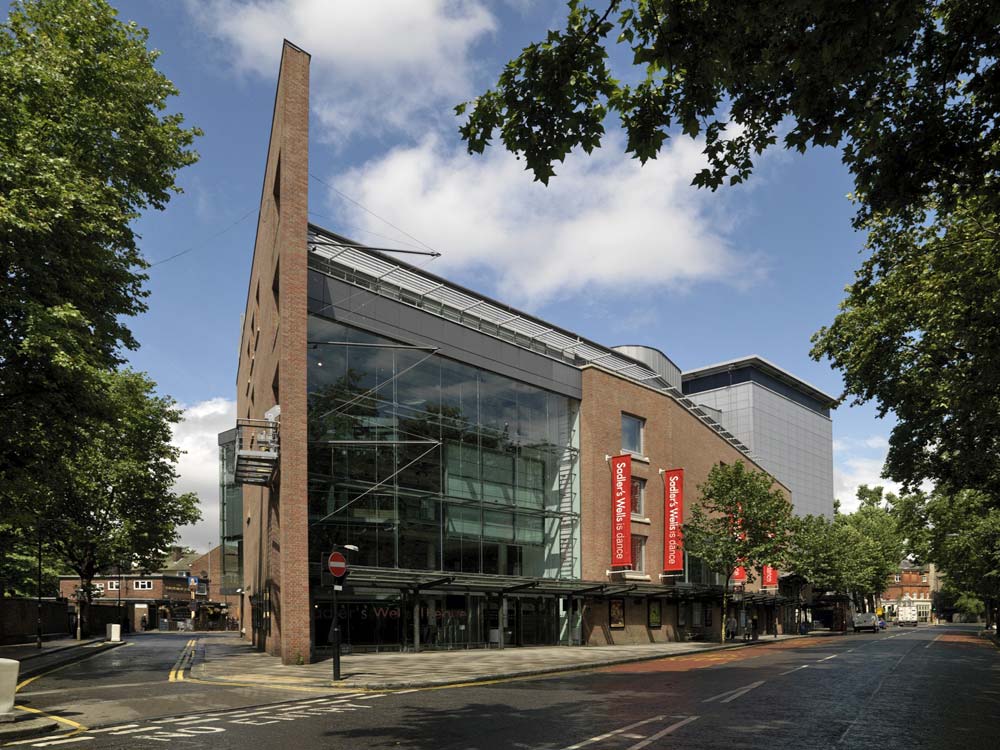
© Derek Kendall. (Click image for larger version)
But the themes of the book have been bubbling around in my head for much longer. I am arts editor in chief of the Telegraph, but I took over as dance critic about eight years ago when Ismene Brown left to write a book.
It had always been my dream job and the moment I finally began to write regularly about dance coincided with the rebirth of Sadler’s Wells as a commissioning house.

© Tristram Kenton. (Click image for larger version)
What the book is about and what I have found so fascinating to watch and report on, is the way that the theatre has gathered together a group of strongly contrasting associate artists who have made new work for the theatre – and in doing so, brought it back to life.

© Sarah Crompton.
So what’s your earliest memory of seeing a performance at Sadler’s Wells?
I grew up in Manchester, and worked for a long time in the Midlands, so most of my early dance watching was outside London. But my earliest clear memory – and the earliest programme I can find in my collection – is of the Merce Cunningham Dance Company’s 21st anniversary visit in 1985. I saw a mixed programme featuring Roadrunners, and remember feeling a bit confused; it took me a long time to get Cunningham and at that point I felt alienated by his work.
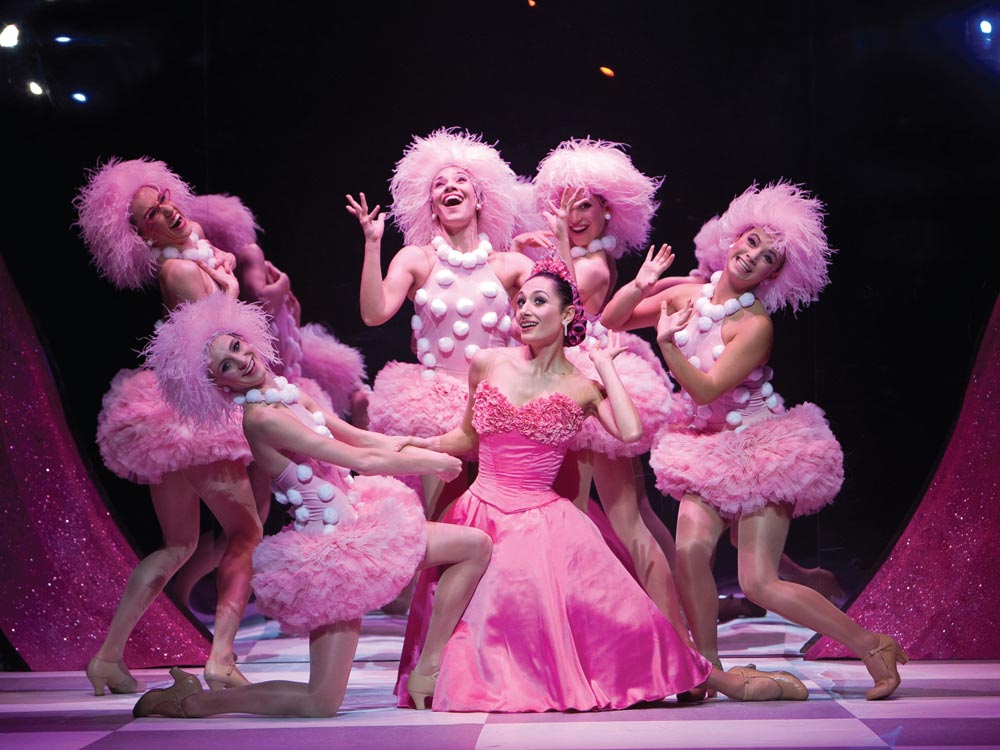
© Bill Cooper. (Click image for larger version)
In fact what I chiefly remember is how brown and dingy the theatre was – and how separate from the rest of the building you felt if you were sitting up in the gods, which naturally I was.
I much prefer the atmosphere now – you can still sense its past, but it is a welcoming and buzzy place to see dance.
What was the most amazing fact or story you turned up about the Wells dance rebirth?
I discovered quite a lot I didn’t know including a brilliant description by de Valois of the “large, fat, slow old women of Islington” who sheltered there during the Blitz, emerging each morning “to seek the air they had breathed since birth.”
In terms of modern history, I think the story that most took me by surprise was when Sylvie Guillem told me that the first night of Push was one of the most terrifying of her life. It wasn’t the duet with Russell Maliphant that caused the problem, but the solo he had created for her, which opened the bill, and which was still in flux right up to the premiere.
“It was one of the only times I wanted to get out of the theatre before the show,” she said. “I didn’t know the steps in my body because it was still changing… I don’t know how I found the strength to stay.”
In general, what I most loved about researching the book was talking to the choreographers and performers – and quite often watching them at work. It is so interesting to see the creative process in action, and I hope I have conveyed some of the excitement to the readers.

© Tristram Kenton. (Click image for larger version)
For example, I love the way Hofesh Shechter tells his dancers to progress silently. “Moving quietly helps me to discover the right balance between intensity and looseness in the body,” he told me. Once you hear that, you have a key to understanding the extraordinary movement he creates on stage.
If you had an unlimited budget and artistic control of the Wells for 2 weeks what would you commission?
I’d give Sylvie Guillem, William Forsythe and Russell Maliphant the green light to make anything they wanted. And I’d also pay a lot to see the new ballet Matthew Bourne is thinking about, which I’d better not reveal here.

© Bill Cooper. (Click image for larger version)
But outside of the current crop of associate artists, I’d commission something from Kristen McNally of the Royal Ballet who is beginning to make some fascinating work. And I’d import Mark Morris’s new piece, A Wooden Tree, with Mikhail Baryshnikov.
I’d also try to persuade the Bartok estate to licence a revival of Pina Bausch’s Bluebeard’s Castle, which is the first piece I ever saw by her company and which haunts me still.
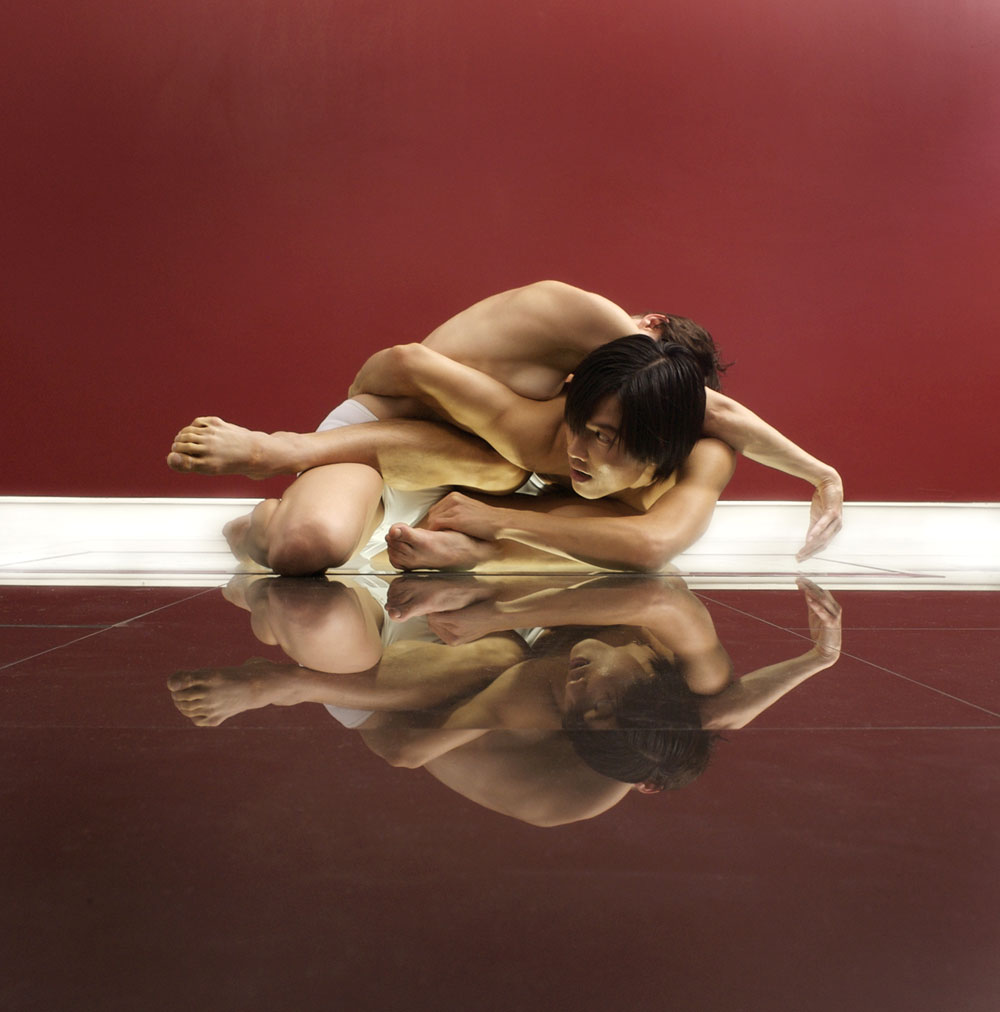
© Ravi Deepres. (Click image for larger version)
So what next in dance – any other books you just have to write?
Lots. It is just a question of finding the time. I have two jobs and a family to think about. But I can’t imagine ever not wanting to write about dance. I am intrigued by its power to convey all kinds of ideas and emotions. Each night at Sadler’s Wells is a sort of inspiration – I sit in the dark and think about movement and what it means and I hope those thoughts will provoke many books in future.









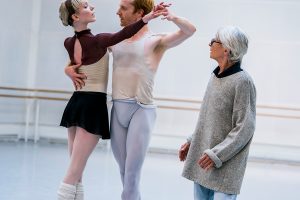
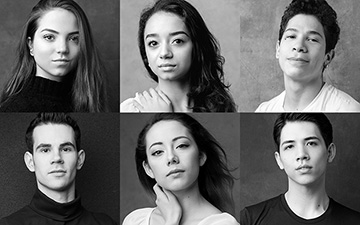
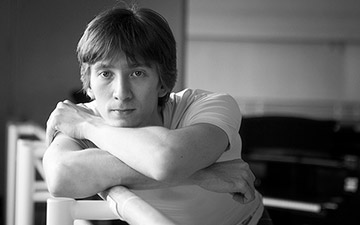

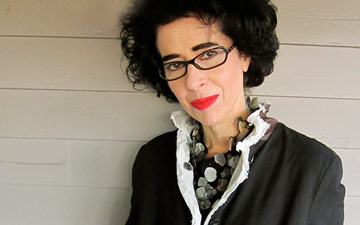

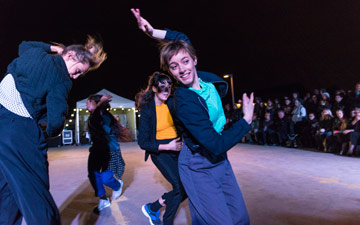
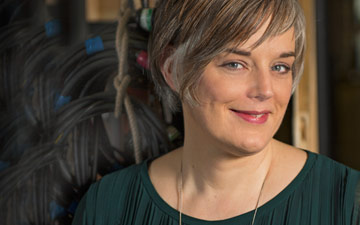
You must be logged in to post a comment.